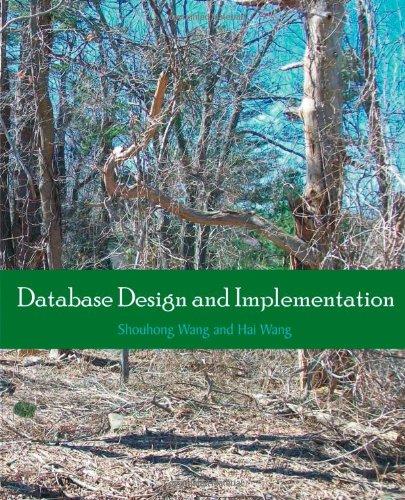
Consider a data set with instances belonging to one of two classes - positive(+ and negative-). A classifier was built using a training set consisting of equal number of positive and negative instances. Among the training instances, the classifier has a recall of 50% on the positive class and a recall of 95% on the negative class. The trained classifier is now tested on two data sets. Both have similar data characteristics as the training set. The first data set has 1000 positive and 1000 negative instances. The second data set has 100 positive and 1000 negative instances. A. Draw the expected confusion matrix summarizing the expected classifier performance on the two data sets. B. what is the accuracy of the classifier on the training set? Compute the precision. TPR and FPR for the two test data sets using the confusion matrix from part A. Also report the accuracy of the classifier on both data sets. C.In the scenario where the class imbalance is pretty high, how are precision and recall better metrics in comparison to overall accuracy? What information does precision capture that recall doesn't? Consider a data set with instances belonging to one of two classes - positive(+ and negative-). A classifier was built using a training set consisting of equal number of positive and negative instances. Among the training instances, the classifier has a recall of 50% on the positive class and a recall of 95% on the negative class. The trained classifier is now tested on two data sets. Both have similar data characteristics as the training set. The first data set has 1000 positive and 1000 negative instances. The second data set has 100 positive and 1000 negative instances. A. Draw the expected confusion matrix summarizing the expected classifier performance on the two data sets. B. what is the accuracy of the classifier on the training set? Compute the precision. TPR and FPR for the two test data sets using the confusion matrix from part A. Also report the accuracy of the classifier on both data sets. C.In the scenario where the class imbalance is pretty high, how are precision and recall better metrics in comparison to overall accuracy? What information does precision capture that recall doesn't







